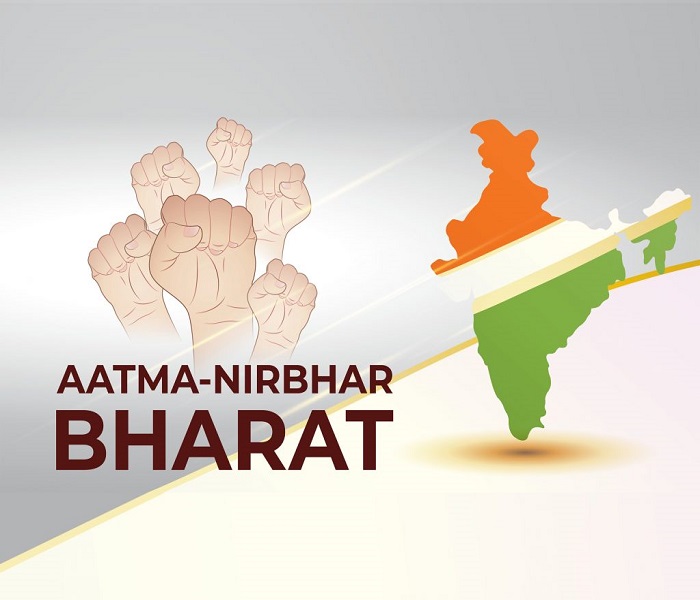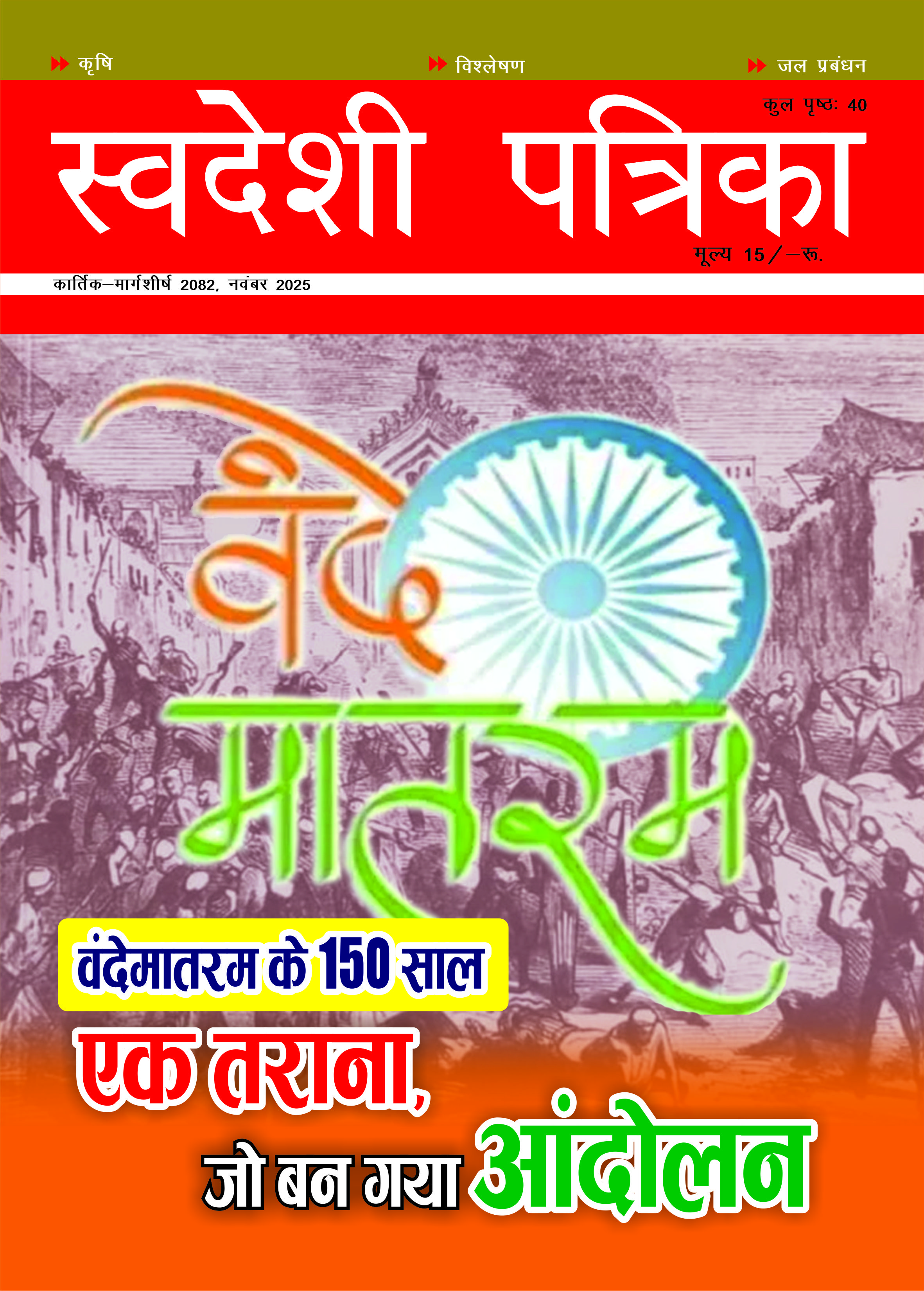
Green Signal from Union Budget 2021
The government made many important announcements such as ‘production linked incentive’ during the financial year without waiting for the budget day is a signal that India is going to change and practice strategies as per the necessities of AatmaNIrbhar Bharat. — Alok Singh
The government of India presented the union budget 2021-22 on 1 February 2021. It seems that the budget has pinned the environment at its profile. The environment is somewhere deep inside the budget-making process. It started right from the budget speech. The finance minister for the first time read the budget speech using a computer tablet. It is a paperless budget. It’s a signal of care for the environment. The budget of 2021-22 is written on a fresh slate and is not just an add-on or toping or glazing to the budget of the year 2020-21. The 2020-21 budget saw many estimates being revised.
The time interval to perform i.e. 1 April 2020 to 31 March 2021, assigned to the union budget for 2020-21 started during the lockdown and is still counting its remaining days in pandemic mode. The last year’s budget saw many supplementary budgets, necessary modifications, and the changed mission. The changed mission is ‘vocal for local’ and ‘AatmaNirbhar Bharat’ along with the environment-friendly sustainable economy. The environment is at the core of the budget’s aim and actions. These are long-term goals but at the same time, urgent intervention is a necessity.
The finance minister’s budget speech reassured and was loud and clear about vocal for local and AatmaNirbhar Bharat. The terms like ‘strategic sales’ (of public sector units) and ‘clean’ are the two keywords that need to be watched, the way it materializes.
The clean water, the clean air, the aim for physical and mental health reflects that India is no more an economy that is fighting just for survival. It is not the India of the year 1990-91. So the budget should not be looked at with the outdated lens of the year 1991. The 1991 budget was a budget for survival. During 1991 other nations were on favorable wickets and India was on weak wickets. India was the one that was arm-twisted by the world. In 1991 India was so-called rescued by international agencies who were proxies of those who dictated terms and conditions of business. But today India is a rescuer to the world and not the rescue. The whole cycle has reversed. The balance of power has swung or more carefully there is no more anyone or two balance of power. Today the world listens and the world accepts what India says and what it offers. Whether that be operational knowledge or strategic knowledge or Scientifics knowledge. Whatever India offers passes through a tough litmus test before the world accepts it.
For a few of our citizens, India has arrived while for many India is yet to arrive. We have developed but the availability of universal facilities to the deserving is missing. It is the budget of transition to a developed economy from a developing or advanced developing economy. It is the budget of India which is struggling for transiting to a developed nation. A developed nation aspires to clean air, clean water, clean surroundings, and healthy citizens. To attain the cleanliness of air and water sometimes the developed nations let the polluting industries shift to third world countries. But India is aspiring for being the factory to the world and at the same time care for the environment. The business model has to be novel, unexplored, and sustainable. Every citizen of the world is made accountable for the pollution which they create because of their work style and lifestyle.
The establishment of 100 Sainik schools across the nation reflects the government’s intent and acceptance that the value of developing strong physical and mental health is as important as that of education standalone. The establishment of central University at Leh reflects the government’s commitment to reach far and marginalized whether that be due to geography or due to history or any other reason. The establishment of many more EkalVidayalya- which is a concept supported by VanwasiKalyan Ashram- reflects the government’s commitment to the welfare of the last person standing in the social ranking.
Health and wellbeing was the first topic elaborated on in the union budget. Robust health infrastructure and the availability of desirable nutrition is not sufficient for a healthy life. It needs a healthy environment. So, a clean environment is a necessity.
The Finance Minister talked about environment-friendly construction and demolition waste management and scrap management for older vehicles. These are the new areas that need newer skills and the government is making India ready for the future. There are opportunities for many new jobs in an environment-friendly economic system.
The capability versus logistics is the debate for a business to be a success or a failure. India has demonstrated that its capability is acceptable to the world. Whether that be in science, technology, management, or culture. The logistics is the area where India is performing poorly in comparison to others including its most talked-about peer China. India’s innovation in many sectors which emerged on urgency during the pandemic saw the light of mass production and distribution. It happened across the world and was not restricted within the country. The shared knowledge and shared manufacturing facilities proved themselves to be a boon. It seems as if the pandemic has given a new identity to the Indian business community and Indian scientists and researchers who worked for the world using Indian facilities and Indian people. Even in a normal world, logistics have an important role in the cost factor- both for the manufacturers as well as for the distributors and the end-user customers. It is the logistics that drive the business of the modern world.
The finance minister talked a lot about the program of the government to attain the logistics across the nation- from big metro cities to rural villages to tribal areas- through airways, through roadways, through waterways. As early as the government is able to create a globally competitive logistics system in India- within India, across India - the sooner India is going to emerge as the factory to the world and job generator to the youth. The easy illustration to understand the role of logistics is the cooking gas, the 14.2 kg domestic LPG cylinder costs Rs. 694 in Delhi and per kg cost to the end-user consumer is Rs. 48.87 per kg, while the domestic gas consumed through the gas pipeline channel cost to end consumer in Delhi is Rs. 27.50 per standard cubic meters, and One kg is equivalent to 1.164 standard cubic meters.
The government made many important announcements such as ‘production linked incentive’ during the financial year without waiting for the budget day is a signal that India is going to change and practice strategies as per the necessities of AatmaNIrbhar Bharat. The world is looking at us with deep hope, we have no choice other than to perform and defend the trust of the world.


